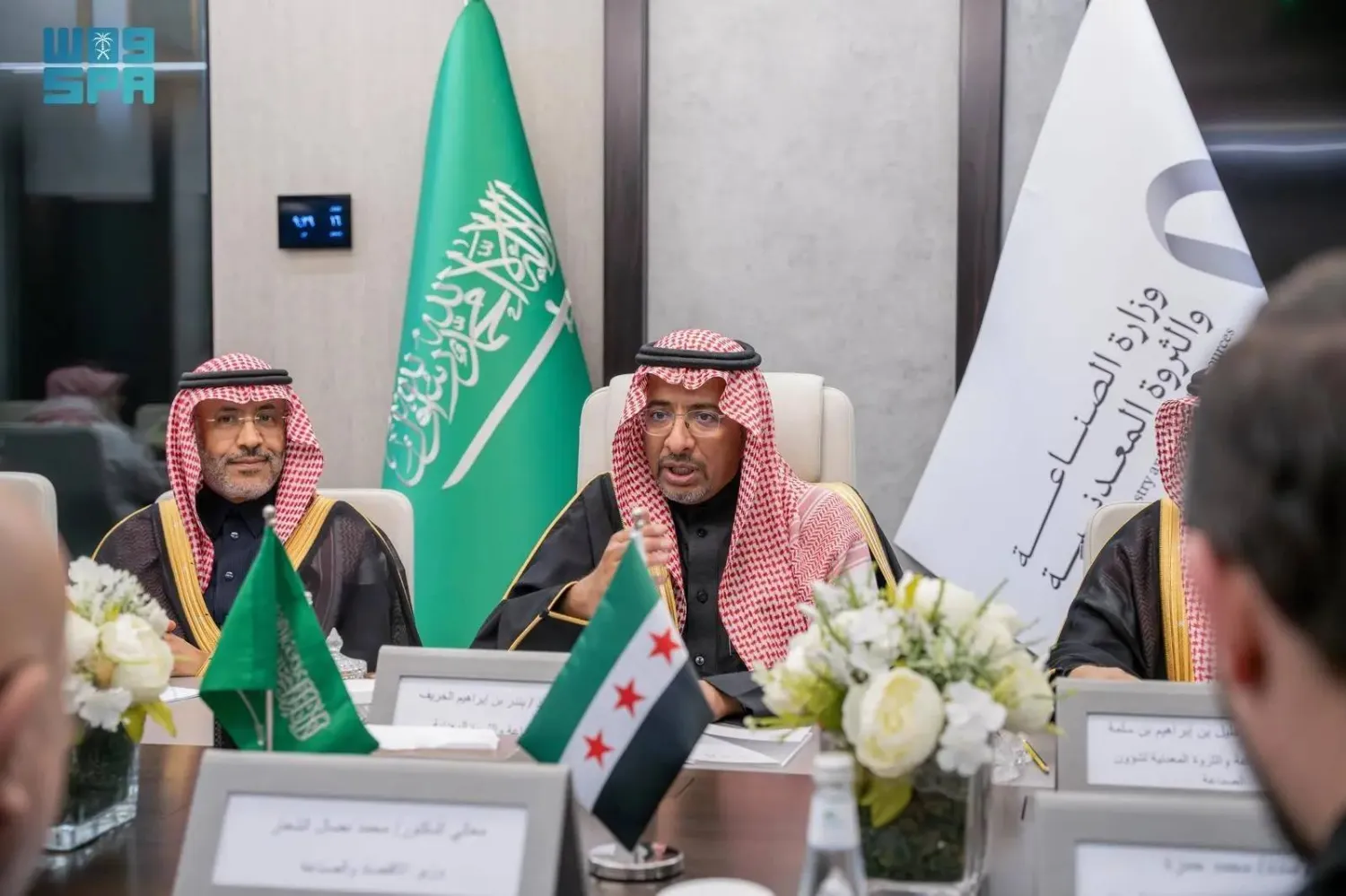Iran seems to be struggling again from US sanctions and despite major buyers announcement for their full compliance with Washington’s will to fully stop any incoming Iranian oil, Tehran is starting to store oil in fleet of supertankers again as impending US sanctions force the Gulf country to revive a strategy it deployed under previous curbs.
Bloomberg’s tanker tracking data revealed there are currently eight tankers holding 14 million barrels of Iranian crude or condensate, a form of light crude extracted from gas fields, anchored in the Persian Gulf. This indicates that Iran is having a hard time finding buyers for its oil.
The build-up in Iranian oil supplies underscores the pressure that Iran is facing as Washington aims to bring Iranian oil exports down to zero to force Tehran to re-negotiate a nuclear deal.
The Very Large Crude Carrier (VLCC) Felicity loaded condensate at Iran’s Assaluyeh port in early August and then set sail for Jebel Ali in the UAE, shipping and trade flows data on Reuters showed. It arrived at the ship-to-ship transfer area off Dubai on Aug. 7 and has been anchored there since.
Last year, China was the largest buyer of Iranian crude accounting for almost a third of Iran’s crude and condensate exports.
Exports so far this month slumped to around 1.3 million barrels a day (bpd) after they were as high as 3 million bpd back in 2016.
Iran finally managed to get Dino I and Dune to China out of Kharg Island. The last vessel to make the journey was the supertanker Starla, which left on Aug. 25 carrying two million barrels.
During the first half of this year, Iran shipped 660,000 bpd of oil to China. To maintain that rate of purchases, five to six supertankers should have left for China in the past 18 days. So far, most of the ships have only been holding crude at sea for a few weeks, rather than for months at a time as they did during 2012-2016 sanctions, tanker tracking compiled by Bloomberg show.
Almost all of Iran’s main customers purchased fewer Iranian barrels in August than they did in April, the month before Trump said sanctions were being reimposed.
Regardless of the motivation, flows to China have plunged at a difficult moment for Iran, with buyers including South Korea, France and others either reducing or completely stopping their purchases due to US pressure. Tanker tracking compiled by Bloomberg indicates that OPEC’s fourth-largest exporter is already having to store barrels amid dwindling demand.
The tankers, carrying about 2.4 million barrels of South Pars condensate combined, have been floating off the UAE since August after South Korea halted imports from Iran while China’s demand dropped during summer, according to several industry sources and shipping data.
International Energy Agency (IEA) said the impact of the sanctions will soon affect Iran as the country’s crude output fell by 150,000 bpd in July compared with same time last year. Exports fell 280,000 bpd reaching to 1.9 million bpd from a peak of 2.5 million bpd in May.
Organization of the Petroleum Exporting Countries (OPEC) monthly report released on Thursday showed Iran's oil production fell by 150,000 bpd in August, despite OPEC's monthly oil production rising 278 million bpd to reach 32.6 million bpd.
Iran's oil production fell for the fourth month in a row, according to OPEC data, to 3.584 million barrels, compared to 3.734 million barrels last July.
Iran will face US sanctions on its oil sector in early November. Trump administration's aim is to stop Iranian exports altogether. China, Iran's biggest oil importer, said it will continue to import oil from Tehran.









